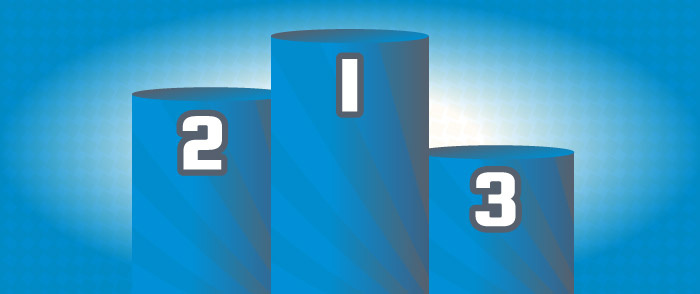Web Design - 3 Simple Ways to Increase Website Search Ranking
Web design is complicated but even more complicated is trying to rank your website for meaningful keywords and key phrases related to your business. There are two methods for ranking a website, the first is off-site and the second is on-site.
Now we all know the way to rank, is to have lots of quality news and to push it out through social media channels via your blog section on your website. The idea is people will read your content and potentially link to your website. These links provide the signposts for Google to find your website and figure out exactly what it is about.
Another method for creating links is by implementing a link building strategy. Quality local directory submissions and reaching-out to other website owners is just a couple of ways to do this. All this sounds great, but it takes so much time and effort and after all you have a business to run.
Below I will introduce you to three ways you can improve your website rank using only on-site techniques. Now most web design agencies in Dublin implement these techniques as standard but still we find so many websites that fail to implement such basic concepts.
The beauty about these techniques is the simplicity and how easy they are to implement. You probably won’t need to implement any HTML code if your website is built on a content management system like WordPress or Joomla. Even if you do need to insert some HTML code, it is very simple. If you’re stuck, drop us a mail and we will help you in any way we can.
1. Insert keywords in the meta-title area
The meta-title area is located above the URL on your web page. It is used as an indication to users and Google about the page content. The keywords or key phrase should be very descriptive of the content on the page. Each individual page on your website should have individual meta-titles with no duplications. The first string of text in each meta-title area holds the most weight when it comes to ranking, so be sure to think through your strategy for each individual page.
<head>
<title>Web Design Dublin – Responsive Website Design – BigNet Design</title>
</head>
Optimal Format
[Primary Keyword] - [Secondary Keyword] | [Brand Name]
When constructing the meta-titles be sure to keep within the optimal size and that is between 50 and 60 characters. The main reason for this is because meta-titles surface in Google results. They are often the first thing your website users will see when searching you, your product or service.
2. Implement a relevant meta-description
The meta-description is a brief description of the content of your page. Ideally you should mention the key words you have mentioned in your meta-title but in more of a descriptive way. This area should be a couple of lines of text no longer than 150 to 160 characters in length. The reason for the character limit is because this description surfaces on Google.
3. Implement a H1 strategy across your website
A H1 tag is a heading on a web page, it should sum up exactly what the page is about in a few words or phrase. The important thing to note with H1 tags is each page should have a unique H1 and every page on your website should only have one H1 tag. All subsequent headings on each page should be H2, H3, and H4…
As I said before these tips on how to rank your website better are very simple to implement, they take no time and will result in better ranking for your keywords and key phrases. When implemented, push your sitemap through Google Search Console and track your progress. As with all changes to your website, it might take a short time to measure its success as it will only happen after Google Bots crawl your website.
If you have any questions or have anything to add, please get in contact with our digital agency at any stage and we will help you out.

